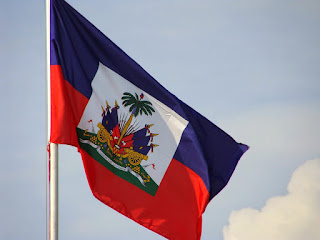Haitian Languages
Taíno was the major pre-Columbian language in the region now known as Haiti. One of the country's official languages is Haitian Creole, a French-based creole with African, Spanish, Portuguese, English and Taíno influences. French
is the other official language. Spanish, though not official, is spoken
by a growing amount of the population, and is spoken more frequently
near the border with the Dominican Republic. English is increasingly spoken among the young and in the business sector.
Education in Haiti
Although public education at the primary level is now free, private andparochialschools provide around 75% of educational programs offered.
In recent years, several annual literacy campaigns launched in by the
Martelly administration has increased overall literacy among adults in
Haiti. UNESCO projects an overall literacy rate of 61.1% in Haiti by 2015. As of December 2014, World bank
has reported that school enrollment has increased from 78% to 90% in
Haiti, very close to the goal of universal child enrollment.Formal Education rates in Haiti are among the lowest in the Western Hemisphere. Haiti's literacy rate of about 61% (64.3% for males and 57.3% for females) is below the 90% average literacy rate for Latin American and Caribbean countries. The country faces shortages in educational supplies and qualified teachers. The rural population is less educated than the urban. The 2010 Haiti earthquake exacerbated the already constrained parameters on Haiti's educational system by destroying infrastructure and displacing 50-90% of the students, depending on locale.


